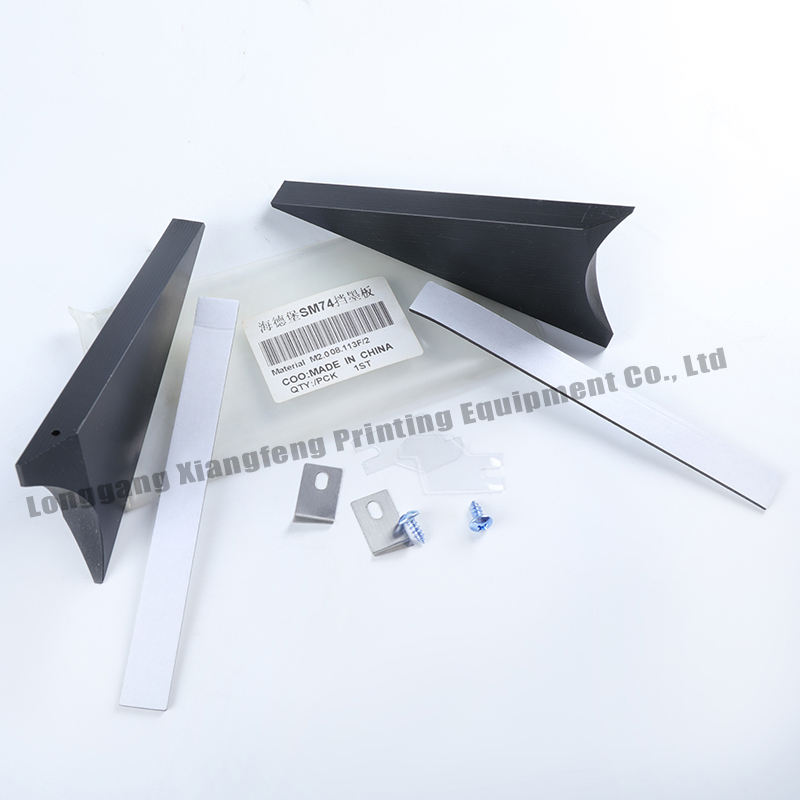Call us
+86-19818583496
+86-0577-68586867
Circuit boards are the backbone of any printing machine, responsible for controlling and managing the various components that work in tandem to produce high-quality prints. They serve as the interface between the mechanical and electronic systems, ensuring seamless communication and synchronization.
The circuit board in a printing machine is the central control unit, managing all electronic functions and ensuring the printer operates efficiently and accurately.

A printing machine circuit board is the electronic heart of a printer, controlling all operations from power management to data processing. It's a complex network of components that ensures the printer functions accurately, interpreting commands and directing the mechanical parts. This board is crucial for the printer's performance, reliability, and longevity.
Circuit boards manage the movement of the print head, paper feed, and other mechanical components. They coordinate the timing and speed of these movements to ensure accurate and precise printing.
They process data from the computer or other input devices, converting it into signals that control the printer's operations. This includes interpreting the image data and determining the appropriate ink or toner distribution.
Circuit boards regulate the flow of electricity to different components, ensuring that each part receives the necessary power to function goodly.
They monitor the machine's performance and detect any anomalies or errors. When an issue is detected, the circuit board can trigger error messages or alerts to inform the user of the problem.
Circuit boards in printing machines are designed to be robust and reliable, given the high demands placed on them. They are typically composed of several key components:
This is the physical substrate on which the electronic components are mounted. It provides the necessary electrical connections between components.
Circuit boards often contain memory chips that store firmware and other data necessary for the printer's operation.
This component converts the AC power from the wall outlet into the DC power required by the printer's electronic components.
These allow the printer to communicate with external devices, such as computers or network connections.
These components monitor the printer's status and control mechanical movements, such as paper feeding and ink cartridge movement.
Given the critical role that circuit boards play in the operation of printing machines, it is essential to maintain them properly to ensure good performance and longevity.
Dust and debris can accumulate on the circuit board, potentially causing short circuits or other issues. Regular cleaning can help prevent these problems.
High temperatures can damage electronic components, so it is important to ensure that the circuit board is adequately cooled.
Excessive humidity can pilot to condensation and corrosion on the circuit board. Proper ventilation and humidity control can help prevent this.
Sudden power surges can damage the circuit board. Using surge protectors can help safeguard against this risk.
If a circuit board fails or experiences issues, it is good to have it repaired or replaced by a professional to ensure that the repair is done correctly and safely.
In conclusion, the circuit board is a vital component of any printing machine, responsible for controlling and coordinating its operations. Understanding its role, design, and the importance of proper maintenance can help ensure that your printing machine continues to perform at its good.
Contact Us